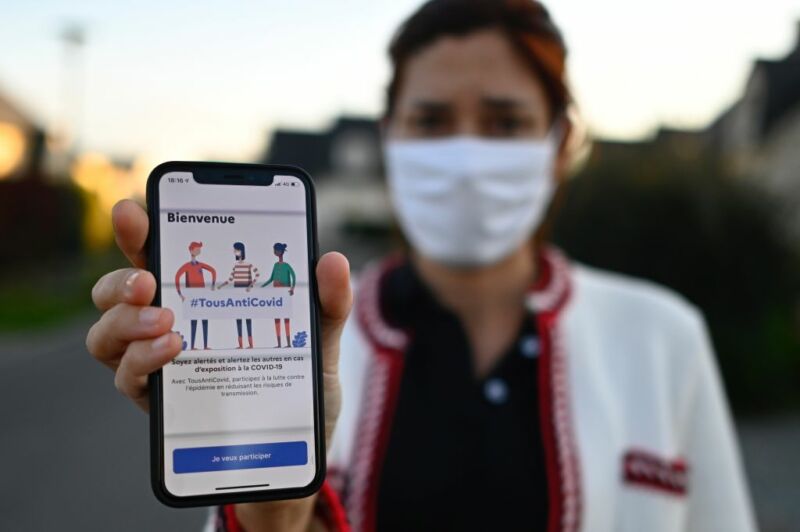Is it too late for the US to execute a pandemic plan?

Enlarge / A woman in France displays a contact tracing app. (credit: DAMIEN MEYER / Getty Images)
There's a standard set of best practices for disease outbreaks that includes a process called contact tracing. Each time you identify someone infected, you figure out who they've been in proximity to during the time they were infectious. You then get the person infected to self-isolate, and also convince their contacts to do so, at least until they can be tested and found to be uninfected. Doing this successfully can bring the rate of infection down below the point where the outbreak is self-sustaining-even if not everybody's picked up through contact tracing, there won't be many who aren't, and anyone they infect eventually will be.
For the COVID-19 pandemic, infection rates in many countries were initially so high that contact tracing was impractical. But a suite of social interventions-social distance, mask wearing, limiting time out of the home, washing hands, etc.-were used to bring rates back down to where contact tracing could be effective again.
This didn't happen in the US. There was no national effort to contact trace, each state set its own policy regarding social restrictions, and many states lifted their social interventions too soon, all of which have allowed several surges in infections.
Read 13 remaining paragraphs | Comments